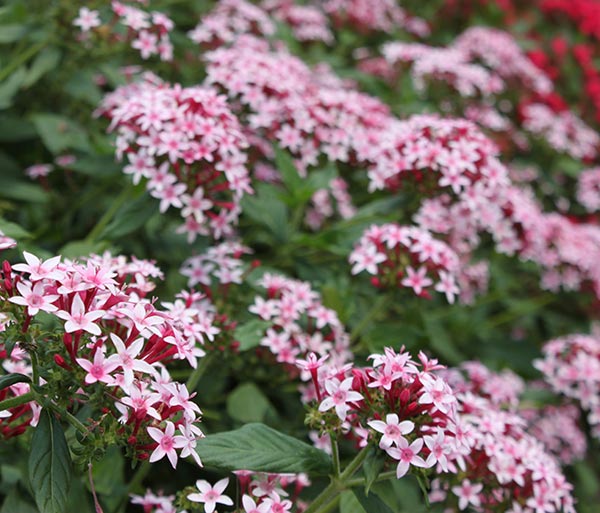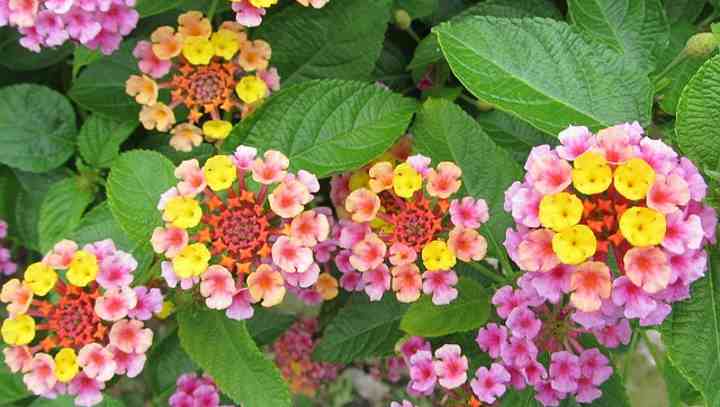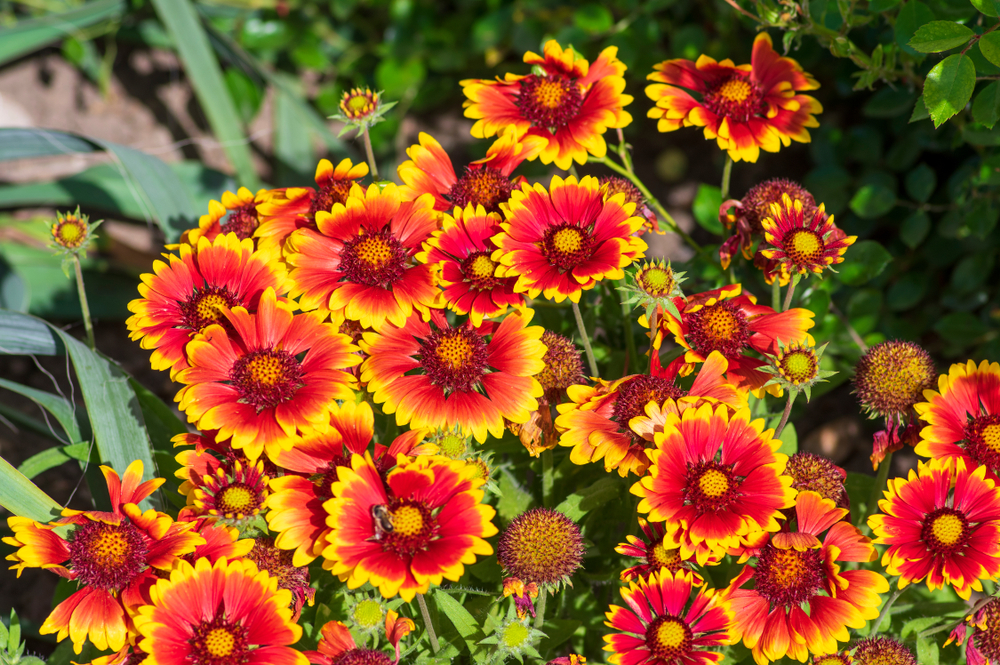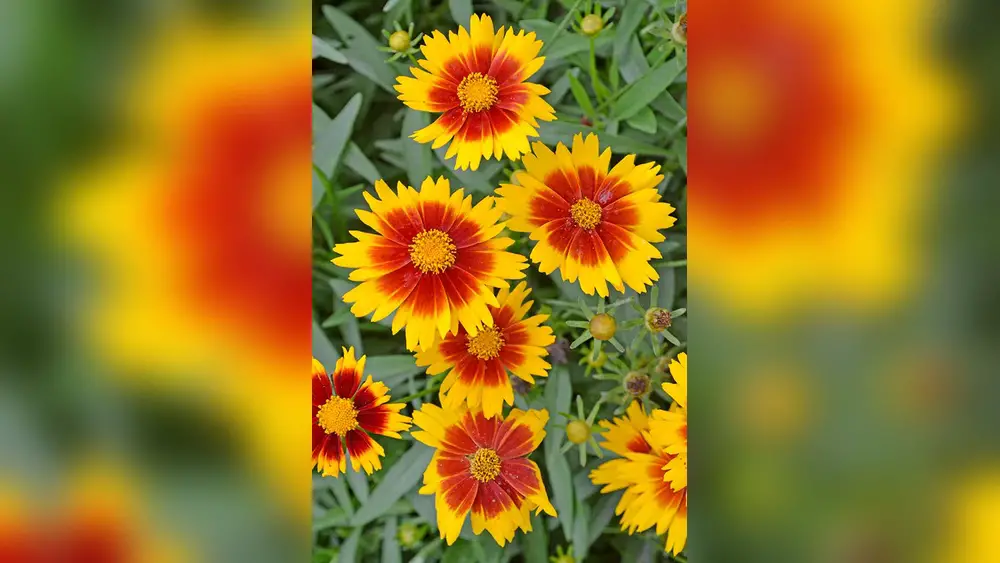As fall approaches in Florida, you might think your gardening options are limited. But the truth is, this season offers a perfect chance to grow a variety of vibrant plants that thrive in Florida’s unique climate.
Whether you want fresh vegetables, colorful flowers, or native plants that attract butterflies and bees, there are plenty of choices to make your garden flourish. In this guide, you’ll discover the best plants to grow in Florida this fall—easy to care for and sure to brighten your outdoor space.
Ready to transform your garden this season? Keep reading to find out which plants will give you the most rewarding results.
Cool-season Vegetables
Cool-season vegetables thrive in Florida’s mild fall climate. These plants prefer cooler temperatures and less humidity. They grow well from autumn through early winter. Fall is the perfect time to plant them for a healthy harvest. Gardening with cool-season vegetables helps you enjoy fresh, nutritious food right from your garden.
Broccoli And Brussels Sprouts
Broccoli and Brussels sprouts grow best in Florida’s cooler fall months. They need fertile, well-drained soil and consistent watering. These vegetables develop a sweet, mild flavor after exposure to cooler air. Plant seeds or seedlings in early fall for the best results. Harvest broccoli heads before they flower for tender taste. Brussels sprouts form small, cabbage-like buds along the stalk. Pick them when firm and green for best quality.
Cabbage And Kale
Cabbage and kale are sturdy, cold-tolerant vegetables. They grow quickly in Florida’s fall weather. Both prefer full sun and rich soil. Cabbage forms tight, round heads that can be harvested in 70 to 90 days. Kale leaves are tender and flavorful when young. Regular harvesting encourages new growth. These greens add color and nutrition to any meal. They are also resistant to many pests and diseases.
Collards And Cauliflower
Collards and cauliflower thrive in cooler temperatures. Collards produce large, dark green leaves packed with nutrients. They tolerate light frost and can last through winter. Cauliflower needs steady moisture and cooler nights to form dense, white heads. Plant both crops in well-prepared soil. Space plants to allow good air circulation. Harvest collard leaves as needed and pick cauliflower heads before they turn yellow.
Carrots And Beets
Carrots and beets grow best in loose, sandy soil with good drainage. These root vegetables develop sweetness in cooler fall weather. Sow seeds directly in garden beds in early fall. Thin seedlings to give roots room to grow. Carrots come in many colors and sizes. Beets offer edible roots and nutritious leaves. Both are easy to store after harvest. They make excellent additions to salads and cooked dishes.
Onions And Garlic
Onions and garlic need a long, cool growing season. Plant onion sets or garlic cloves in early fall. They prefer well-drained soil with plenty of organic matter. Keep soil moist but not waterlogged. Onions form bulbs that vary in size and flavor. Garlic produces plump cloves wrapped in papery skin. Both crops mature slowly and are ready to harvest in late winter or early spring. Proper curing extends their shelf life.

Credit: costafarms.com
Fall Flowers For Color
Fall flowers bring vibrant color to Florida gardens as temperatures cool. Choosing the right blooms brightens outdoor spaces and supports pollinators. Many flowers thrive in Florida’s mild fall climate. These plants offer diverse colors and textures for every garden style.
Pansies And Petunias
Pansies are cool-weather favorites with cheerful, colorful faces. They bloom best as temperatures drop and last well into winter. Petunias suit Florida’s warm fall days. They bloom continuously and come in many shades. Both pansies and petunias add bright patches of color to flower beds and containers.
Snapdragons And Salvias
Snapdragons tolerate cooler air and produce tall flower spikes. Their unique shapes attract hummingbirds and butterflies. Salvias, such as Teresa’s Autumn Sage, bloom in fall and stand up to dry spells. These flowers add vertical interest and attract pollinators to your garden.
Marigolds And Pentas
Marigolds thrive in Florida’s mild fall and winter. Their bright orange and yellow blooms brighten any space. Pentas flower year-round and show clusters of star-shaped blossoms. Both plants attract butterflies and bees, enhancing garden life and color through the season.
Native And Florida-friendly Flowers
Native and Florida-friendly flowers suit the state’s fall climate perfectly. They need less water and care, saving time and resources. These plants support local wildlife like bees and butterflies. Their natural resilience helps gardens stay colorful even in changing weather. Choosing native flowers boosts the health of your garden and local ecosystem.
Coreopsis And Blanket Flowers
Coreopsis, also called tickseed, blooms bright yellow and red. It attracts pollinators such as bees and butterflies. This plant thrives in full sun and well-drained soil. Coreopsis blooms from fall into winter, adding long-lasting color.
Blanket flowers are tough and drought-resistant. Their red and yellow petals resemble a warm blanket. They grow well in Florida’s sandy soil. These flowers attract butterflies and hummingbirds, enhancing garden life.
Lantana And Beautyberry
Lantana produces clusters of small flowers in many colors. It blooms from fall through winter. Lantana plants tolerate heat and dry spells well. They attract butterflies and other pollinators.
Beautyberry features bright purple berries in fall. It is a native shrub that birds love. Beautyberry grows easily in Florida’s climate with little care. Its vivid berries add unique color to fall gardens.

Credit: www.pattersongrouprealestate.com
Additional Flower Options
Fall in Florida offers many chances to add color and texture to your garden. Beyond the usual blooms, some unique flowers bring beauty and interest during the cooler months. These plants thrive in Florida’s climate and provide vibrant foliage, bright colors, or classic charm. Explore these additional flower options to enrich your fall garden.
Coleus For Foliage
Coleus is famous for its colorful leaves, not flowers. Its foliage shows deep reds, bright yellows, and rich greens. This plant adds texture and contrast among flowering plants. Coleus grows well in shady or partly sunny spots. It is easy to care for and keeps its colors through fall.
Nasturtiums For Vibrance
Nasturtiums bring bold, bright colors to the garden. Their flowers come in red, orange, and yellow shades. These plants grow quickly and spread easily. Nasturtiums attract pollinators like bees and butterflies. They also have edible leaves and flowers, adding value beyond beauty.
Mums For Tradition
Mums, or chrysanthemums, symbolize classic fall beauty. They bloom in many colors, including white, pink, and gold. Mums thrive in Florida’s mild fall temperatures. They are perfect for garden beds or containers. Their long-lasting blooms add a festive touch to any space.
Planting Tips For Florida Fall Gardens
Growing a fall garden in Florida offers a unique chance to enjoy fresh vegetables and vibrant flowers. Success depends on careful planting and care. These tips help create healthy plants that thrive in Florida’s mild autumn climate.
Timing And Soil Preparation
Plant fall crops after the hottest summer days fade. This usually means late September to early November. Prepare the soil by removing weeds and debris. Loosen soil to improve air and water flow. Add organic matter like compost to enrich nutrients. Test soil pH and adjust if needed; most fall plants prefer slightly acidic to neutral soil.
Watering And Fertilizing
Water plants deeply but less often to encourage strong roots. Morning watering helps reduce disease risk. Use mulch to keep soil moist and cool. Fertilize with a balanced formula, focusing on nitrogen for leafy vegetables. Avoid over-fertilizing as it may harm plants. Follow label instructions for best results.
Pest And Disease Management
Check plants regularly for pests like aphids and caterpillars. Remove pests by hand or use natural controls like neem oil. Maintain garden cleanliness to prevent diseases. Avoid overhead watering to reduce fungal growth. Rotate crops each year to lower pest buildup. Healthy plants resist pests and diseases better.

Credit: keithslawncareocala.com
Attracting Pollinators
Creating a garden that attracts pollinators enriches your outdoor space. Pollinators such as bees and butterflies help plants reproduce. They support the ecosystem and boost your garden’s health. Fall in Florida offers a great chance to plant flowers that invite these helpful creatures. Choosing the right plants ensures a lively garden full of activity and color.
Bees And Butterflies
Bees collect pollen and nectar from flowers. They are key to pollination and crop growth. Butterflies also visit flowers for nectar. Their bright colors and gentle flight add charm to gardens. Both pollinators prefer flowers with rich nectar and easy access. In fall, they seek plants that bloom late and stand out in the garden. Providing these plants supports their survival during cooler months.
Plant Choices For Wildlife
Native plants attract local bees and butterflies best. Coreopsis offers bright yellow and red blooms. Blanket flowers are drought-tolerant and bloom abundantly. Pansies and snapdragons handle cooler temperatures and keep pollinators coming. Salvia and marigolds thrive in Florida’s fall warmth. Pentas produce clusters of star-shaped flowers year-round. These plants create a welcoming habitat and food source for pollinators.
Frequently Asked Questions
What To Plant In A Florida Fall Garden?
Plant cool-season vegetables like broccoli, kale, cabbage, carrots, beets, onions, and garlic in a Florida fall garden. Add flowers such as pansies, petunias, snapdragons, marigolds, salvia, coreopsis, and blanket flowers for color and pollinator attraction.
Can You Plant Plants In The Fall In Florida?
Yes, Florida’s mild fall climate supports planting cool-season vegetables like broccoli, kale, carrots, and flowers such as pansies and marigolds. Fall is ideal for planting both vegetables and colorful, hardy flowers that thrive in cooler temperatures.
What Flowers Grow In The Fall In Florida?
Fall flowers in Florida include pansies, petunias, snapdragons, salvia, marigolds, pentas, coreopsis, and blanket flowers. These thrive in mild autumns, adding vibrant colors and attracting pollinators.
What Is The Easiest Crop To Grow In Florida?
The easiest crop to grow in Florida is tomatoes. They thrive in warm weather, need minimal care, and yield abundant fruit.
Conclusion
Growing plants in Florida during fall offers many benefits. Cool-season vegetables like broccoli and kale thrive now. Bright flowers such as pansies and marigolds add color and life. Native plants attract helpful pollinators to your garden. Choosing the right plants ensures a healthy, vibrant garden.
Fall is the perfect time to enjoy gardening in Florida. Start planting and watch your garden flourish this season. Happy gardening!

